Ethiopia has always been at the top of our long list of countries to visit, a choice often met with raised eyebrows. The country has had a hectic past 30 years with droughts and civil wars, but there’s a huge misconception that Ethiopia is nothing but a desert and the people plagued by famine. We were there during winter so the landscape looks a bit brown and dry in the photos, but it is anything but infertile. Summer must look amazing when it’s green!
So needless to say, we didn’t go in search of capturing an award-winning photograph of a malnourished child with a fly on it’s lip, and a vulture lurking in the background… We chose Ethiopia for it’s culture and insanely fascinating ancient history.
It’s where the 3.2 million year old remains of “Lucy” were found, making Ethiopia the oldest know location of human (or pre-human) existence. The city of Axum was one of the most powerful kingdoms in the world during the Roman empire and the days of the Egyptian pharohs. The people practice some of the oldest forms of orthodox Christianity and Judaism, and being a ‘Christian island’ surrounded by Islam there’s a kind of seemless blend between the religions and cultures that really makes this place unique. Even the language, people’s facial features and complexions are like a schmorges board of African, Arabic and Mediteranean. The European interaction during the middle ages inspired some amazing medieval castles… yes medieval castles in Africa!… and countless little monastaries and rock-hewn churches, amazingly decorated from floor to ceiling with paintings depicting scenes from the bible and Ethiopian history. It also claims to be the resting place of the Ark of the Covenant. Those of you who read (or watched) the Da Vinci Code, or any Graham Hancock books will know that it’s supposed to be a gold box holding the stone tablets engraved with the ten comandments.
I could go on and on… We were there for 2 weeks and that just wasn’t enough! It honestly feels like you’ve gone back in time (if you ignore the odd satelite dish on a shack roof) where the majority of the people wear robes and go everywhere with a stick and a donkey. They live just like people have always lived.
After arriving in the capital it was time for a history lesson at the Addis Ababa Museum. Lucy’s remains (in the shot below) were definately a highlight. In case you’re wondering, Lucy apparently got her name because the archeologist who discovered her was listening to “Lucy in the sky with diamonds” by the Beatles at the time. Her real name is AL 288-1, which is not as catchy.
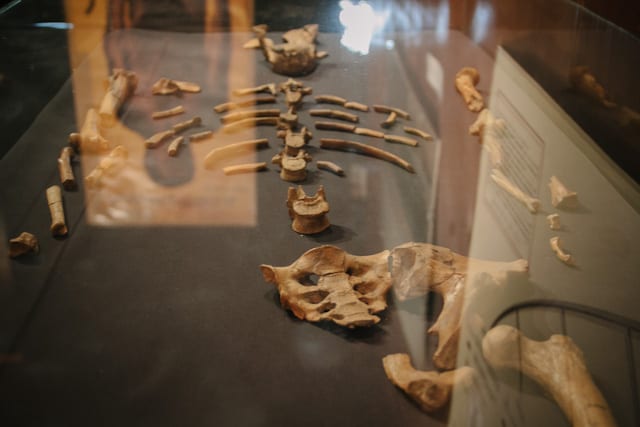
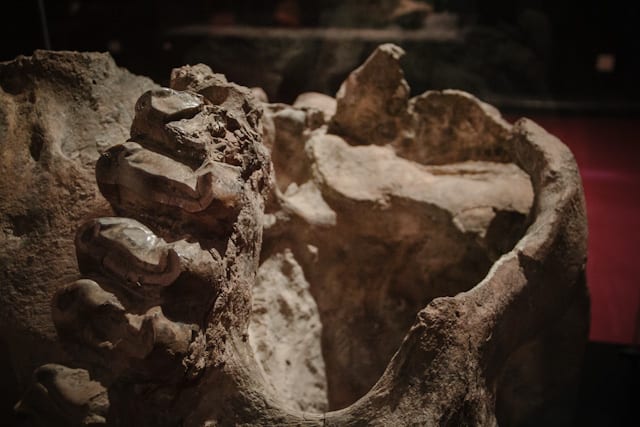
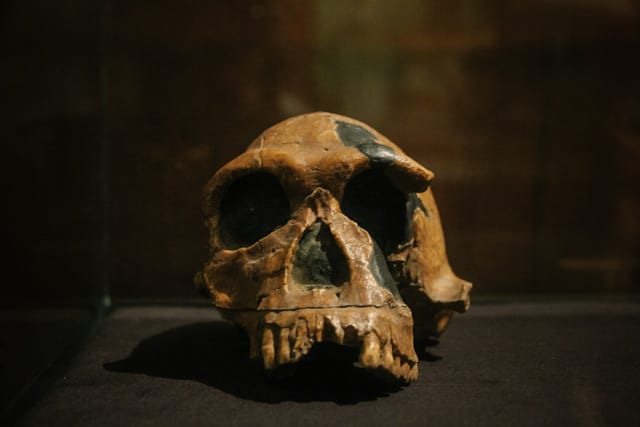
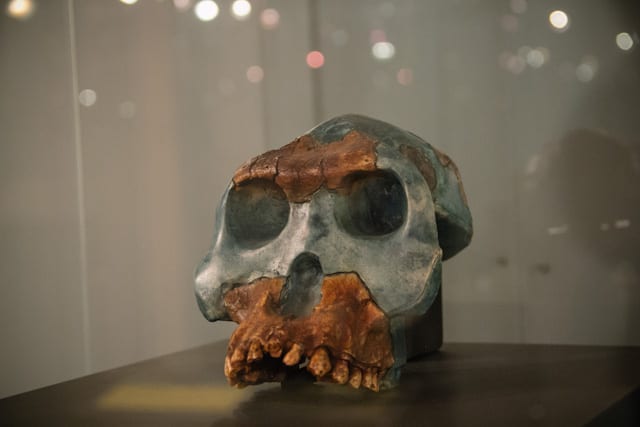
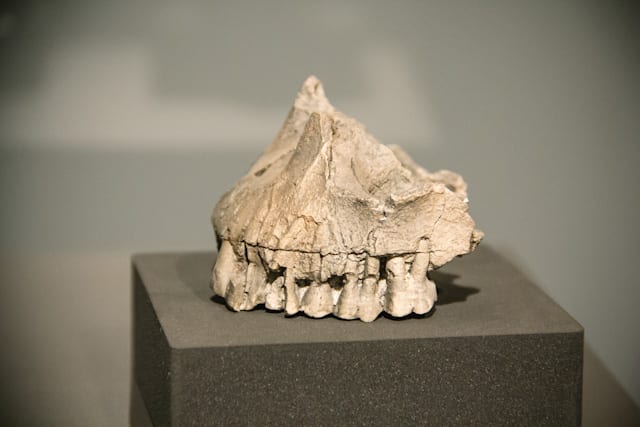
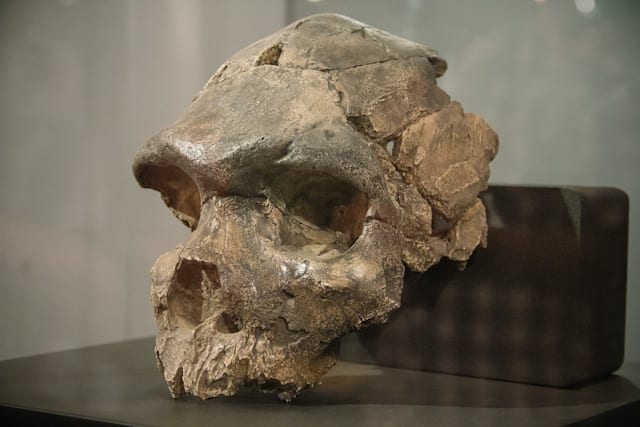
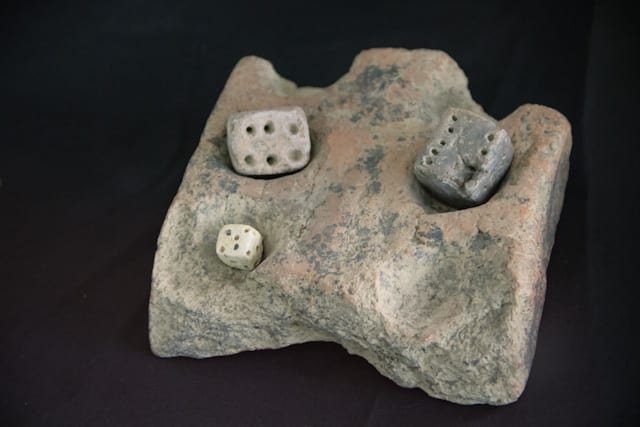
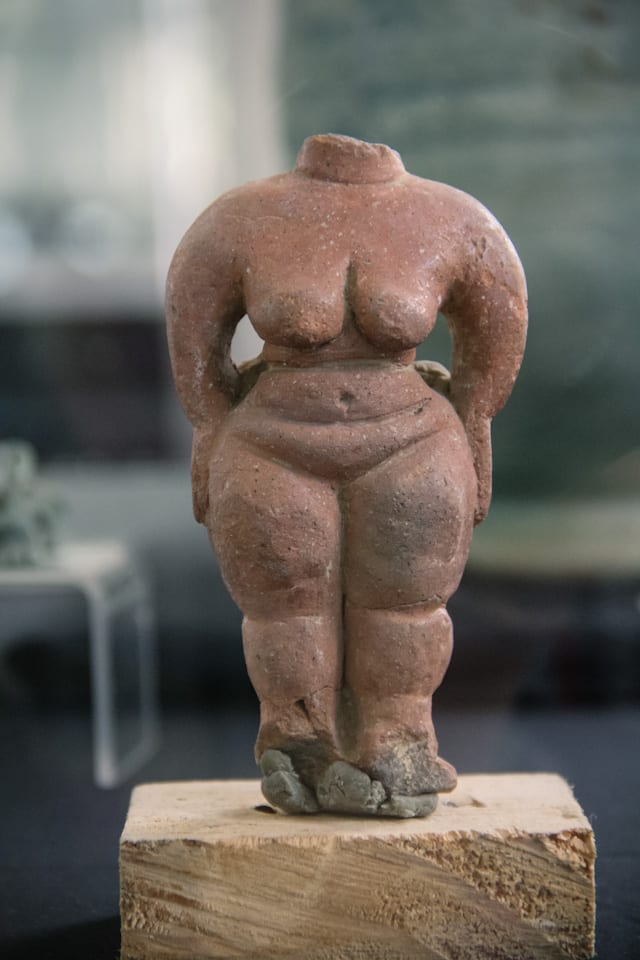
Details of crowns worn by Ethiopian kings

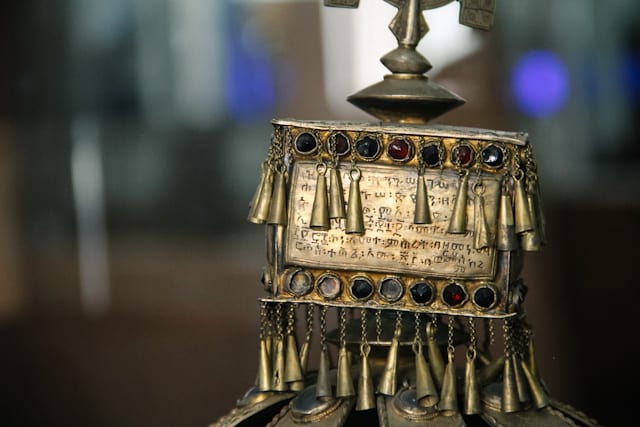

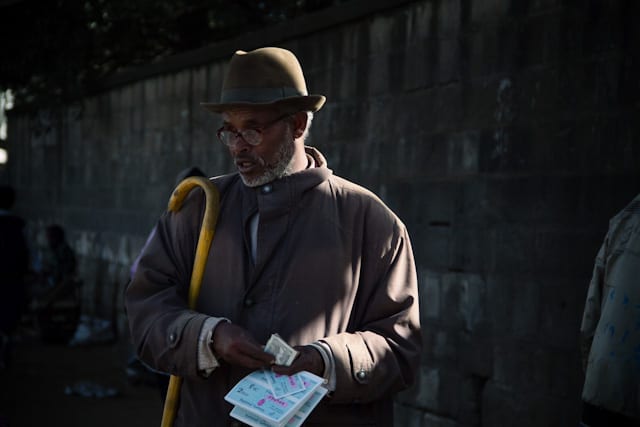
St George Cathedral in Addis was built in 1896. Emperor Haile Selassi was crowned here in 1930 and has since become a pilgrimage site for Rastas after they adopted him as their messiah… they also adopted the colours fro the Ethiopian flag. Ethiopia has never really been influenced by Rastafarianism. Weed is illegal and not many people have dreads.
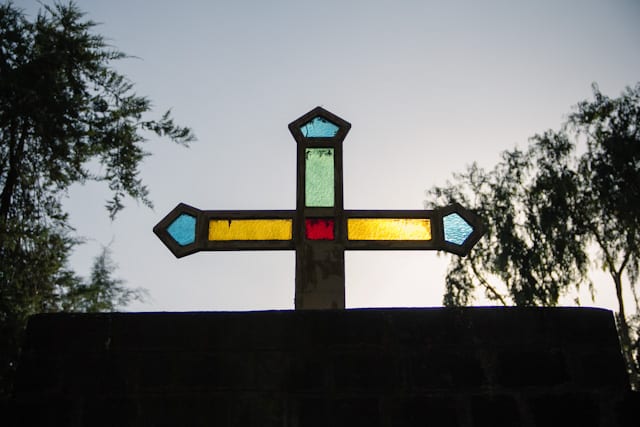
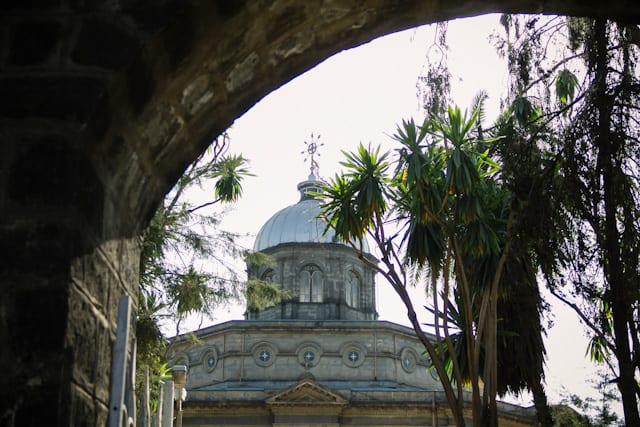
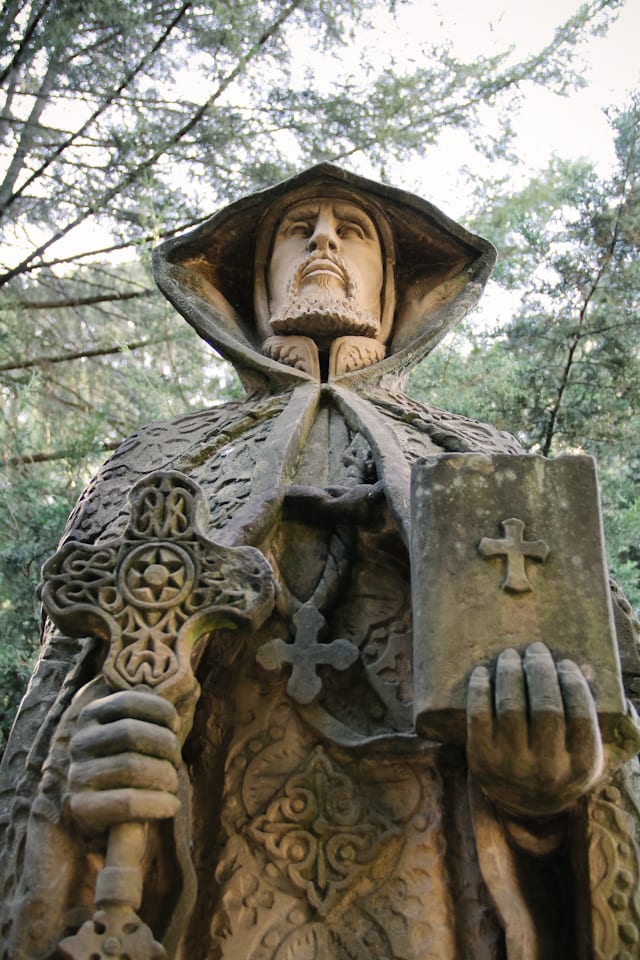
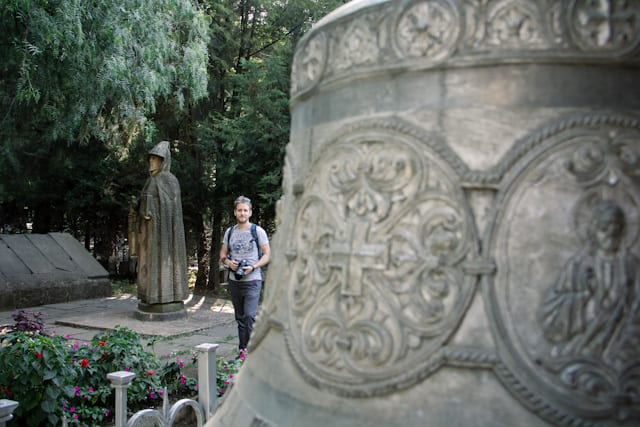
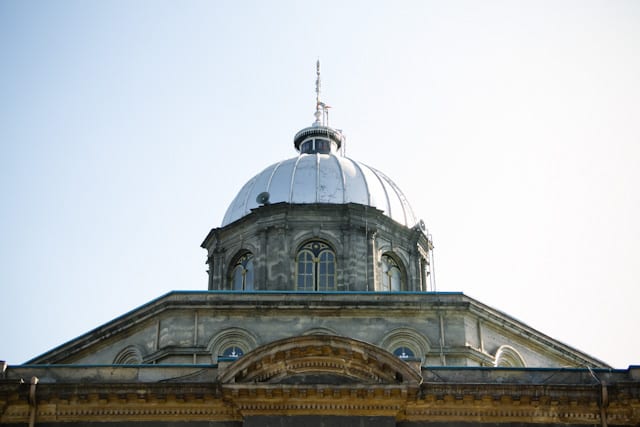
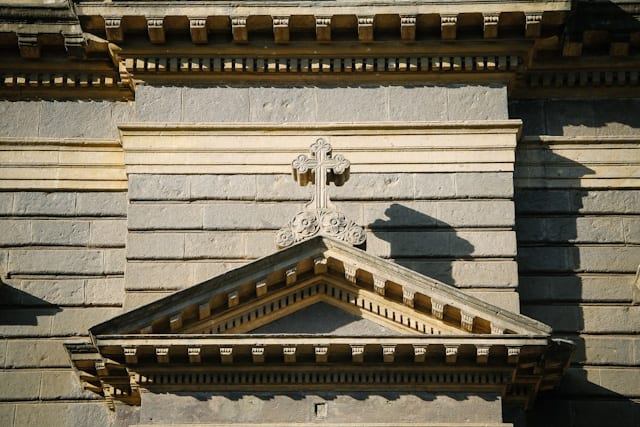

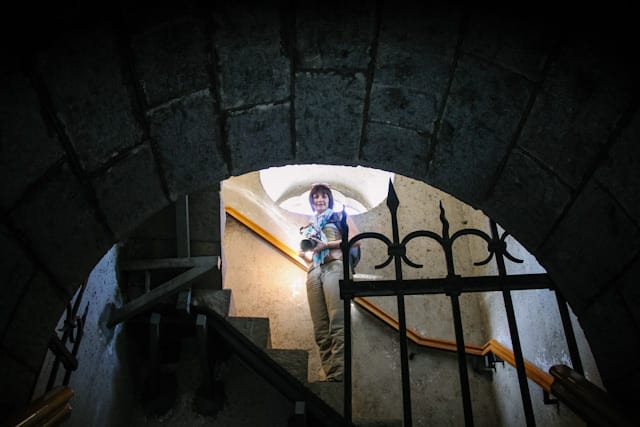

The “mercato” in Addis is supposed to be the biggest market place in Africa. It’s a dense maze of alleyways, colourfully crambed with stalls and people.
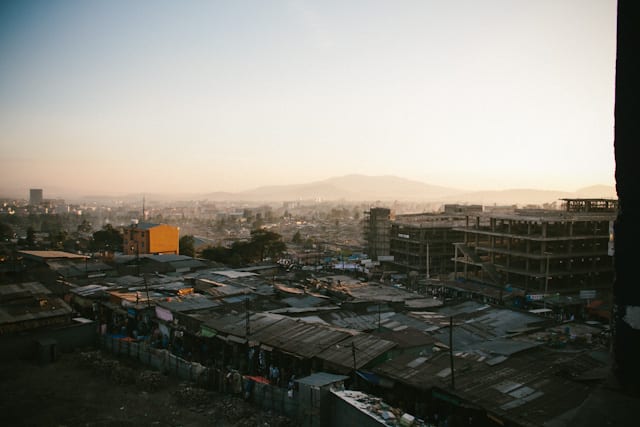
The people in the market place HATE having their photo taken and will cover their faces or unabashedly tell you to “fuck off” in plain English. So this was a lucky shot.
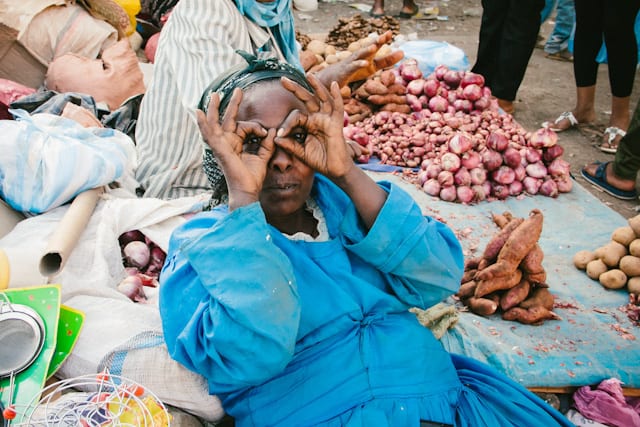
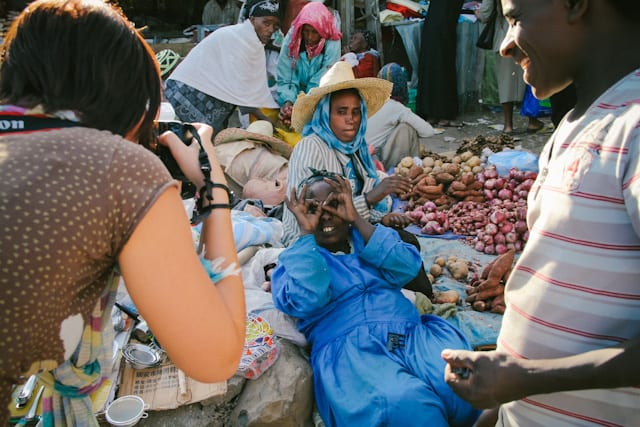

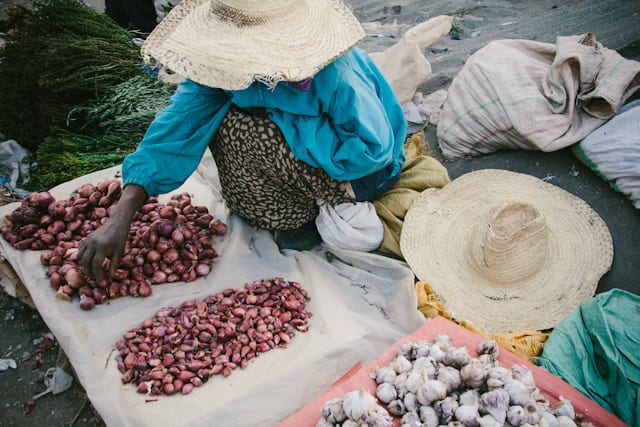
We LOVE coffee! and another ‘perk’ about visiting Ethiopia is that it’s the birthplace of the lovely stuff. They call it “buna” and every market is well stocked on fresh, green, and ready-to-roast buna beans.

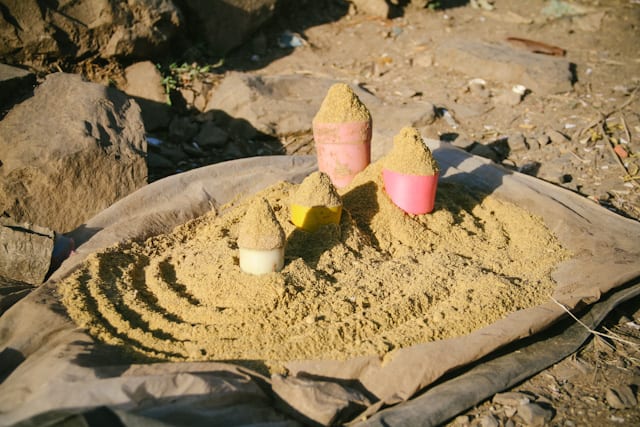
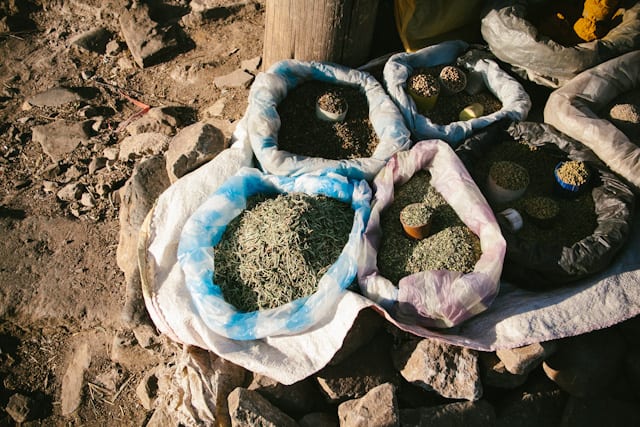
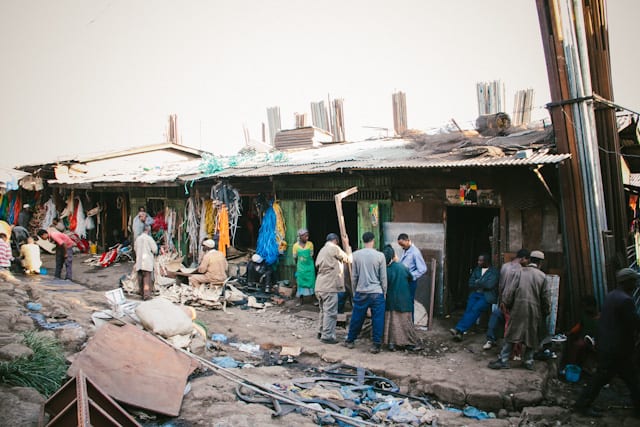

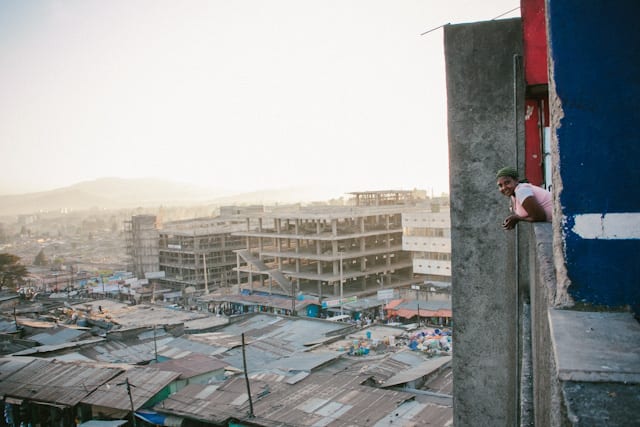

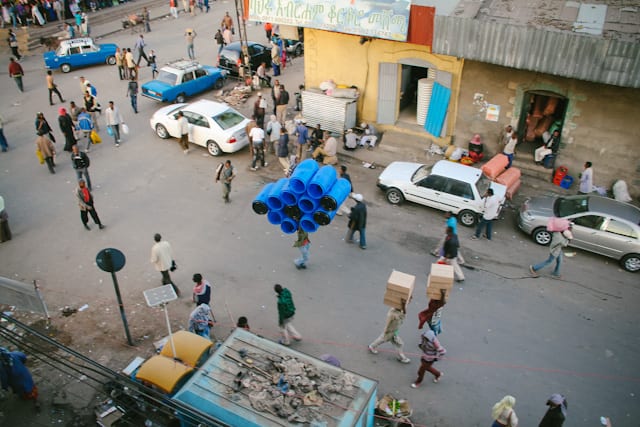

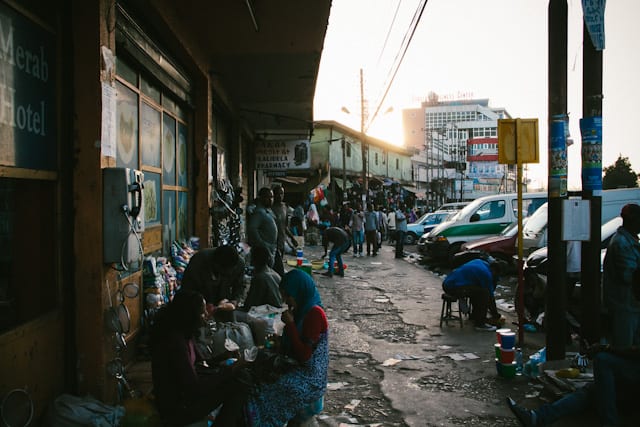
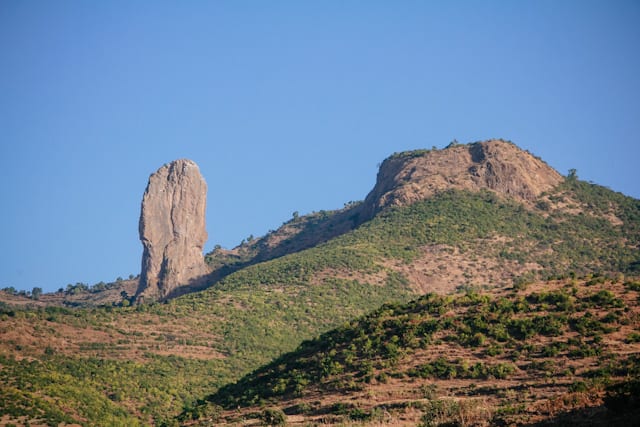
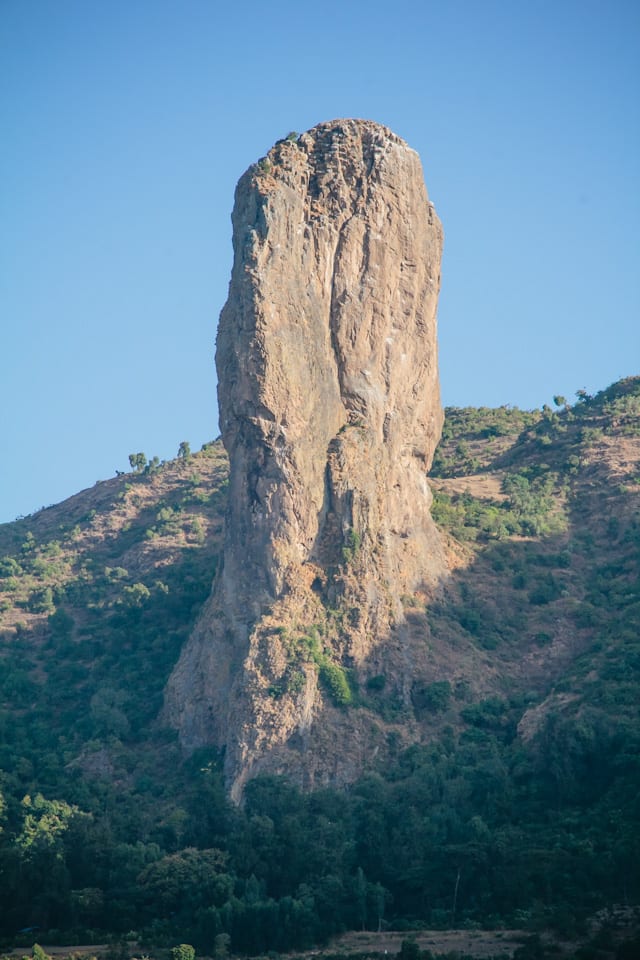
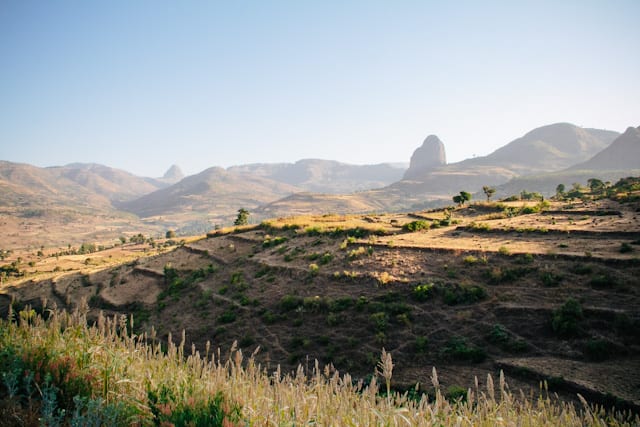
Guzara Castle was built in 1572 on a hill away from Lake Tana to escape the the malaria mozzies that plagued the area.
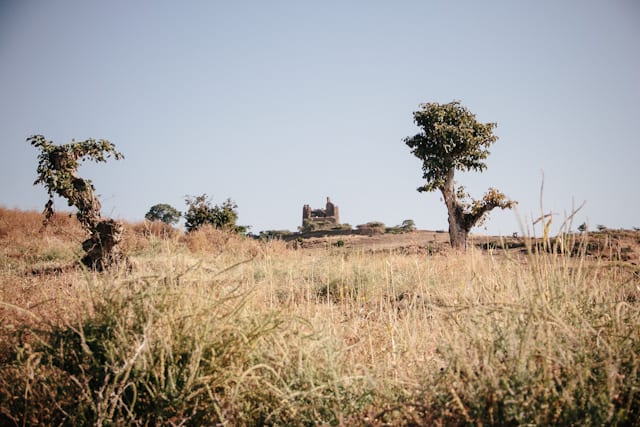
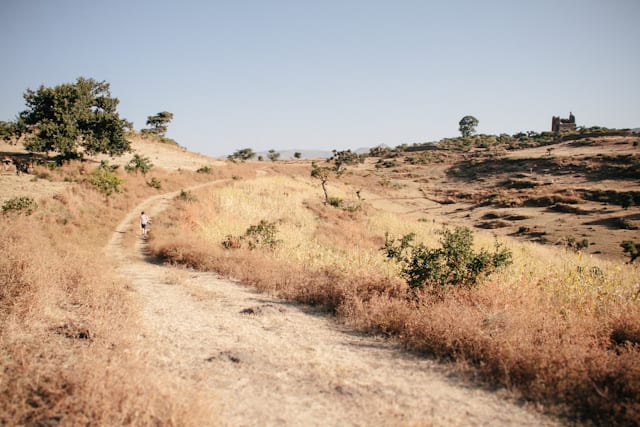
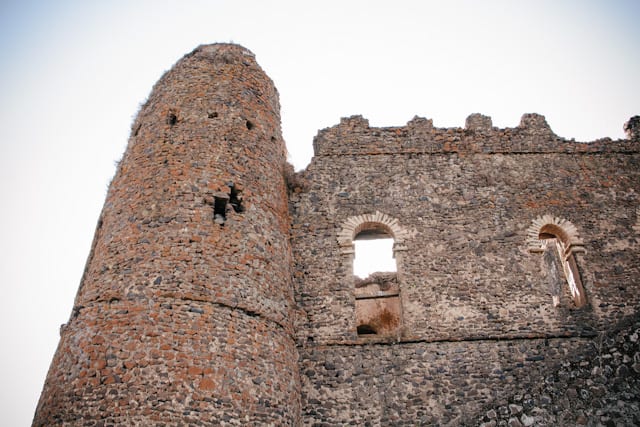
To these kids this ancient castle was their playground. They also became our inpromptu guides for the morning.

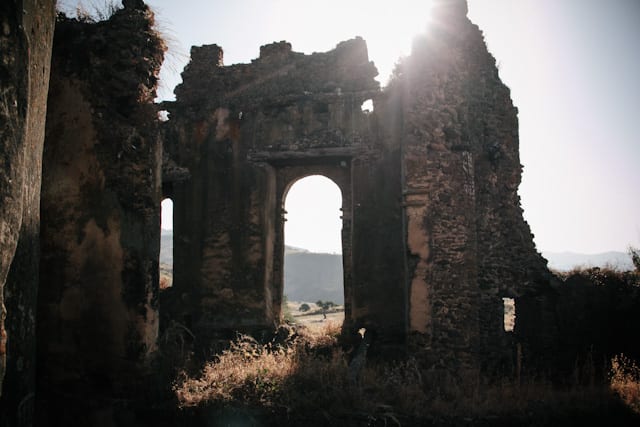
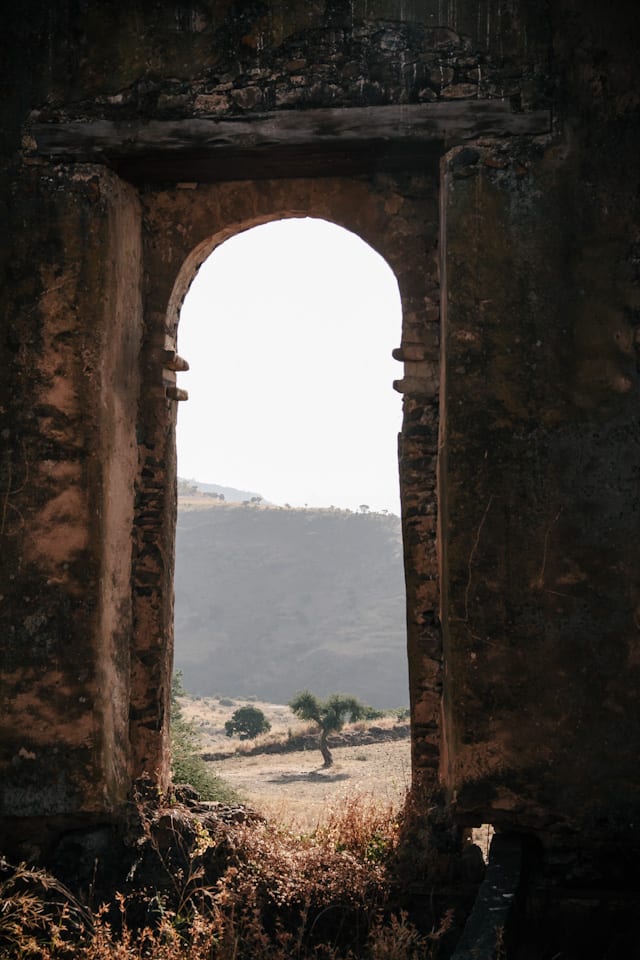
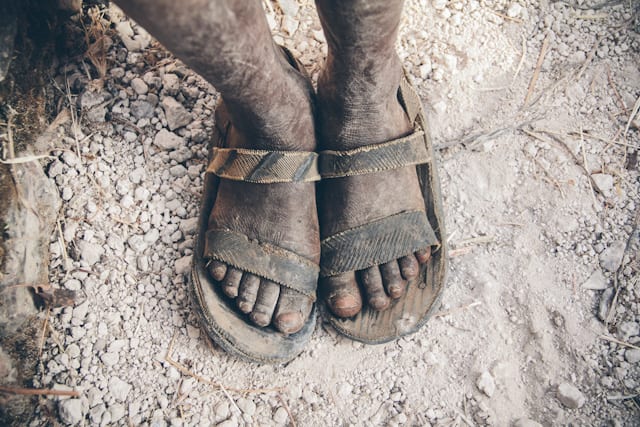
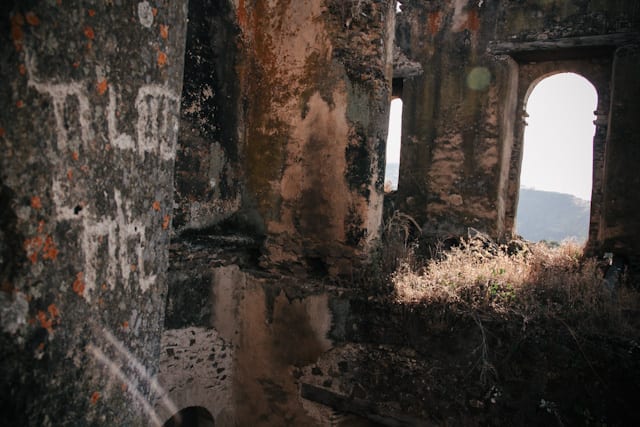
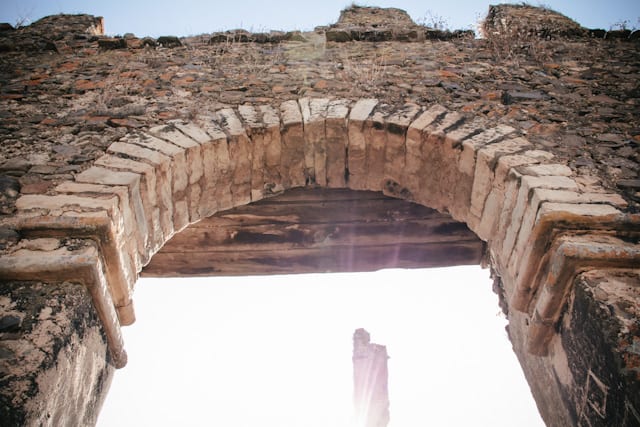



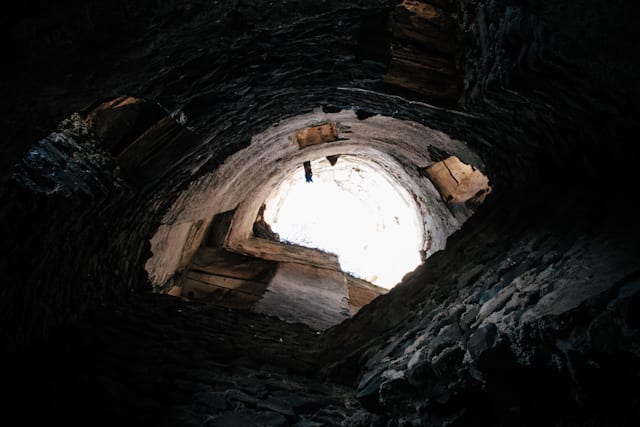
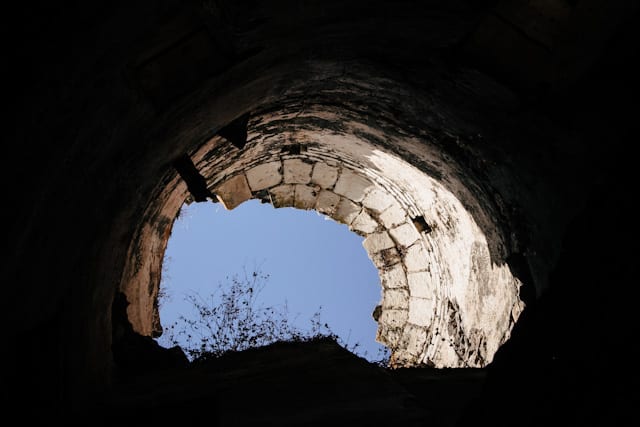
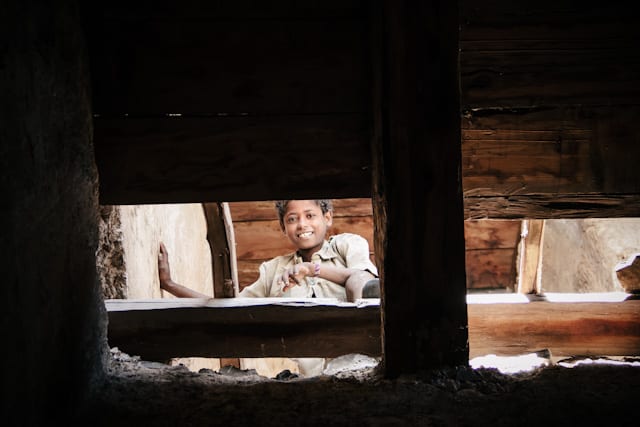

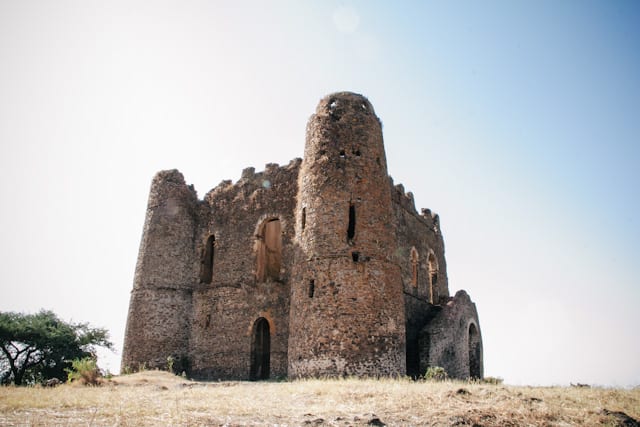

Our Ethiopian Adventure part 2, 3 and 4 coming soon!…
Comments are closed.
You guys are rad! This is inspiring! Such cool pics!
Awesomeness!!! Got to get there some day.
Wow! Incredible pictures – what an awesome looking Country.